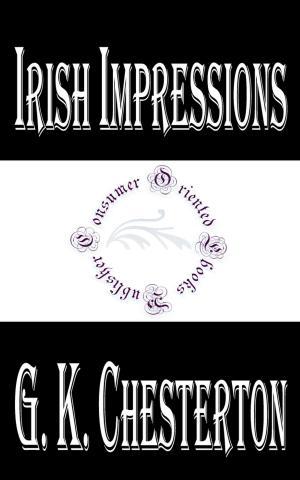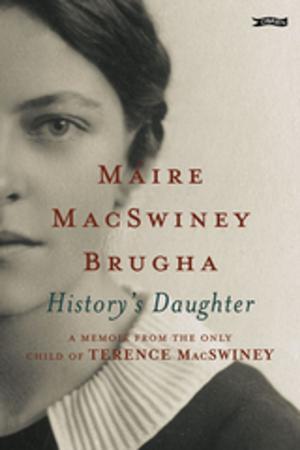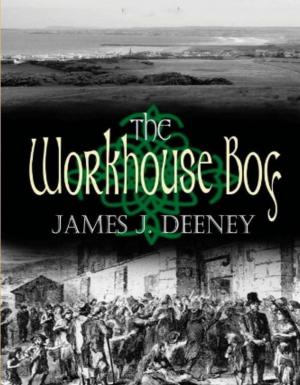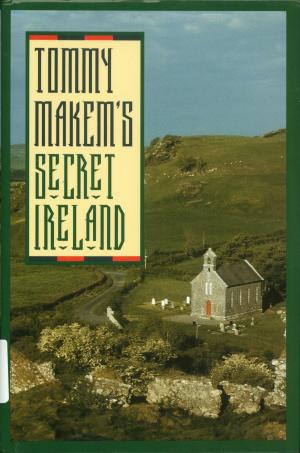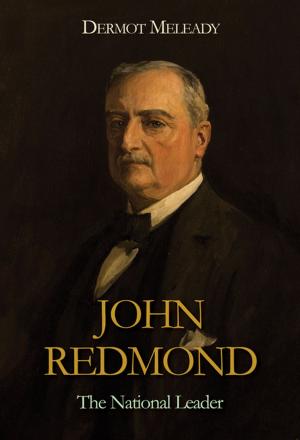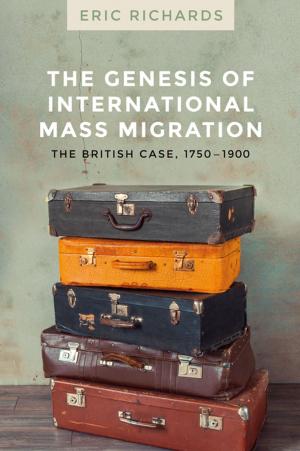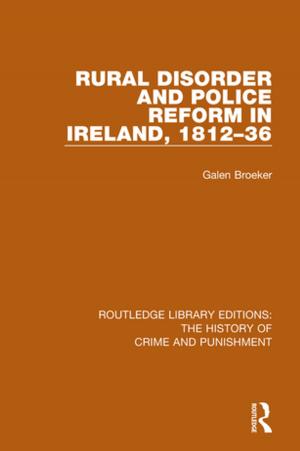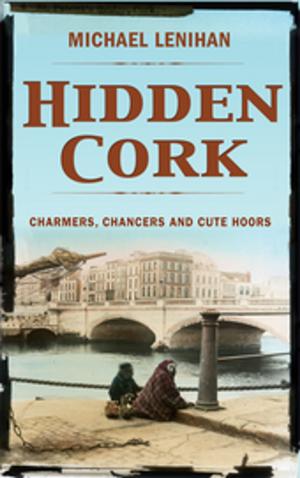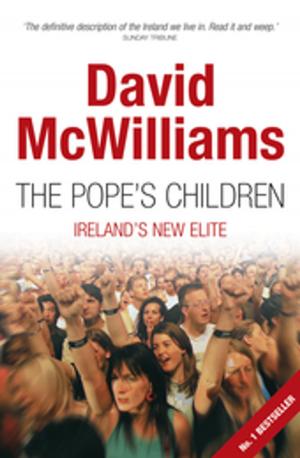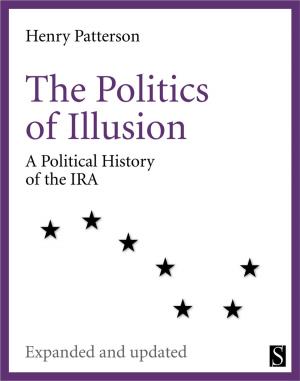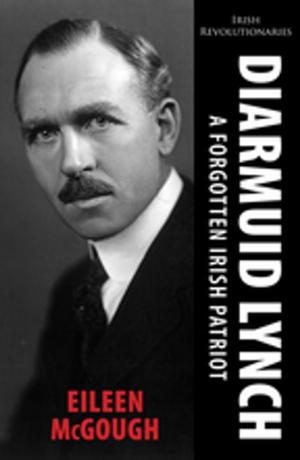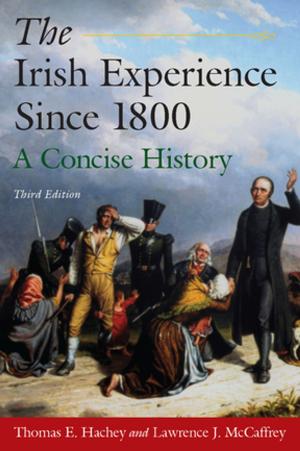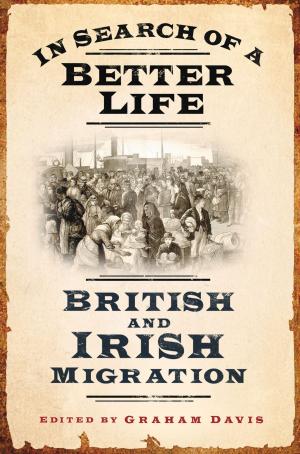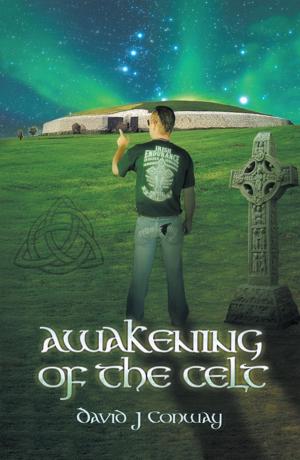Victorian Dublin Revealed
The Remarkable Legacy of Nineteenth-Century Dublin
Nonfiction, History, Ireland| Author: | Michael B. Barry | ISBN: | 9780956038388 |
| Publisher: | Andalus Press | Publication: | November 16, 2011 |
| Imprint: | Language: | English |
| Author: | Michael B. Barry |
| ISBN: | 9780956038388 |
| Publisher: | Andalus Press |
| Publication: | November 16, 2011 |
| Imprint: | |
| Language: | English |
During Queen Victoria’s reign, in the years between 1837 and 1901, Dublin experienced great change. It slipped from its position as second city of the Empire, while at the same time it developed as Ireland’s administrative and commercial centre. The advent of the railway and steam-ship resulted in Dublin becoming Ireland’s transport hub. However, improved cross-channel communications resulted in stiff competition for Dublin’s industries. Catholic Emancipation, coupled with a rise in nationalism, had a unique effect on Dublin’s growth. Suburbs developed around the city, catering for the needs of the mainly Protestant middle class, which fled the declining city centre. Catholicism proclaimed itself through the construction of assertive new churches in prominent locations. Many Dubliners live and work in Victorian buildings of which there is a stunning range throughout the city. In this absorbing new book, Michael Barry has captured the essence of Victorian Dublin: its houses, churches, schools, railways and public buildings. Included in the wealth of photographs are several that show Victorian buildings extant some decades ago, but now no longer there. The Victorian era in Dublin has not been fully appreciated or understood. Now the story of this remarkable time is revealed in a clear and accessible style. This book is essential for all who are interested in this absorbing part of Ireland’s history and heritage.
During Queen Victoria’s reign, in the years between 1837 and 1901, Dublin experienced great change. It slipped from its position as second city of the Empire, while at the same time it developed as Ireland’s administrative and commercial centre. The advent of the railway and steam-ship resulted in Dublin becoming Ireland’s transport hub. However, improved cross-channel communications resulted in stiff competition for Dublin’s industries. Catholic Emancipation, coupled with a rise in nationalism, had a unique effect on Dublin’s growth. Suburbs developed around the city, catering for the needs of the mainly Protestant middle class, which fled the declining city centre. Catholicism proclaimed itself through the construction of assertive new churches in prominent locations. Many Dubliners live and work in Victorian buildings of which there is a stunning range throughout the city. In this absorbing new book, Michael Barry has captured the essence of Victorian Dublin: its houses, churches, schools, railways and public buildings. Included in the wealth of photographs are several that show Victorian buildings extant some decades ago, but now no longer there. The Victorian era in Dublin has not been fully appreciated or understood. Now the story of this remarkable time is revealed in a clear and accessible style. This book is essential for all who are interested in this absorbing part of Ireland’s history and heritage.

